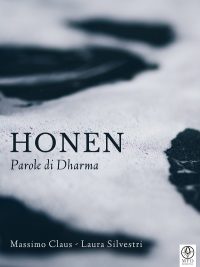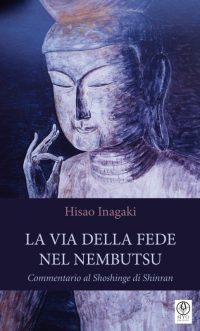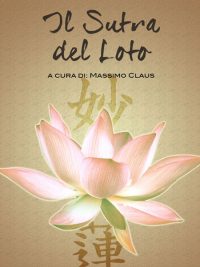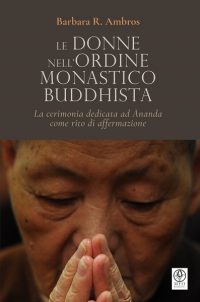Description
Author:
Synopsis
What Nichiren Daishonin did he really say? This is the question that flows into the heads of many Nichiren’s disciples. In these treatises, Nichiren explains his vision of the Lotus Sutra and his teaching. Thus, without intermediaries, the reader has the possibility of arriving directly at Nichiren by learning his doctrine from him. No filter or translation of convenience, just you and him. Is not that what most of his disciples would want? Then read and reread, because only then will you be able to grasp the essence of his vision and it will be like keeping an open dialogue with him, from teacher to disciple.
Questo volume contiene: Rissho Ankoku Ron – Nyosetsu Shugyo Sho
Di seguito un estratto dal Rissho Ankoku Ron e uno dal Nyosetsu Shugyo Sho, letti direttamente da Massimo Claus.
Introduction
During his long life, Nichiren Daishonin wrote many letters. Many of them are in response to letters he had received. Nichiren’s disciples were scattered all over the territory of Japan: some were lay people, other monks; some had a fiery character, like Shijo Kingo, while others were more reflective. Nichiren, as each of us would have done, used a language, spoke in a certain way, depending on the interlocutor. Consequently one can not judge the content of a letter from Nichiren without taking into account who is addressed, because obviously writing to a monk he did not need to explain things in detail or there was no danger that he would misunderstand something. Nichiren obviously knew this, because he knew the interlocutor. Unlike these letters, which belong to his correspondence with his disciples, Nichiren wrote real books, where he crystallized his teachings, his interpretation of the Lotus Sutra. Hence those who want to get in direct contact with the doctrine of Nichiren without intermediaries, must immerse themselves in these treaties, where Nichiren explains in detail his doctrine, his interpretation.
I have chosen to retranslate the main treatises of Nichiren precisely for this reason. Of course, the problem depends on how you approach: if you approach a Sutra, a treaty, a commentary convinced to know already, here you miss the opportunity to learn and understand the profound meaning.
In these treatises, in some even with the help by T’ien T’ai commentaries, Nichiren explains what his vision was. So my advice is to approach these treaties in the best possible way , “with empty cup” the friends of Zen Buddhism would say, “with the heart of a fool,” Honen would say. Why would Honen say that? Because when a person keeps repeating something, it is considered crazy or lacking in intelligence: the parrot repeats, without knowing the meaning. That is what Honen meant with “the heart of a fool”: read and reread, read and reread. Because in this way the content of the text will slowly enter into your experience, work in you and help you to understand its meaning.
I hope that this collection can open the eyes of many people and that in some way it can also give answers to doubts, to perplexities, to interpretations of convenience.
Massimo Claus








 Italiano
Italiano